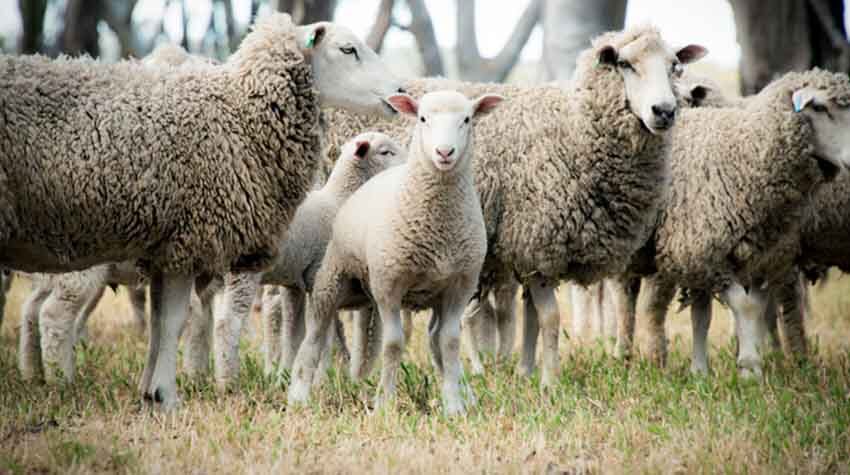
May 12, 2023Animal Law & Policy Program, Research PaperAnimal welfare at slaughter: perceptions and knowledge across cultures
New original research on slaughter by ALPP Visiting Fellow Dr. Michelle Sinclair
Most people around the world eat meat and billions of animals are slaughtered each year to meet that demand. For many, eating meat is a biocultural activity steeped in tradition and formative in cuisines and identity. Eating meat, however, comes with a myriad of ethical and practical considerations. In tandem with animal rights and environmental sustainability concerns surrounding the impact of animal slaughter for meat, animal welfare science has identified numerous ways animals may suffer on an individual level during various methods of slaughter. Practices of slaughter differ around the world and the degree to which culture and regional interpretations of religion impact consumer expectations and perceptions of suffering at slaughter are relatively unknown. We begin to address some of these gaps by conducting a survey of 4,291 members of the general public to assess knowledge and attitudes around animal welfare at slaughter and religious slaughter, across 14 culturally and religiously diverse countries in local languages; Australia, Philippines, Nigeria, United Kingdom and United States (English), Bangladesh (Bengali), Brazil (Portuguese), Chile (Spanish), China (Traditional Chinese), India (Hindi and English), Malaysia (Bahasa Malay, Chinese and English), Pakistan (Urdu), Sudan (Arabic) and Thailand (Thai). Our results demonstrate that in highly developed countries where exposure to slaughter is low, comfort witnessing slaughter and knowledge about animal welfare at slaughter and the local application of stunning is also low. Cultural and religious differences exist by country, however in all countries except Bangladesh, the majority of participants stated that it mattered to them that animals do not suffer during slaughter, and in most countries, participants would prefer that animals be rendered unconscious before they are slaughtered (preslaughter stunning); including in countries where this practice is not currently widespread. These findings suggest that concern for the reduction of animal suffering during slaughter is a universal human tendency, rather than a cultural development, while opinion of how best to achieve this (i.e., to stun or not to stun) may be cultural and tied to local interpretations of religious slaughter requirements. The findings of this study serve as an indication for meat industries and governments that continual review and improvement of animal welfare processes at slaughter are required to continue to meet evolving general public sentiment.
Read the full research paper in Frontiers in Veterinary Science.
